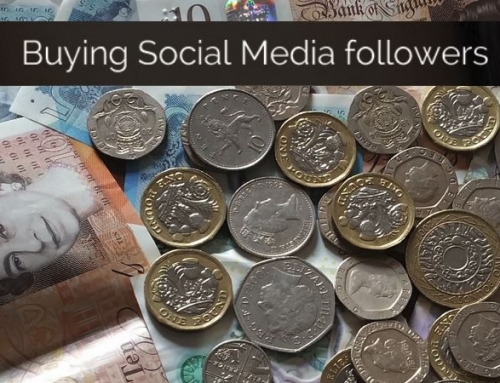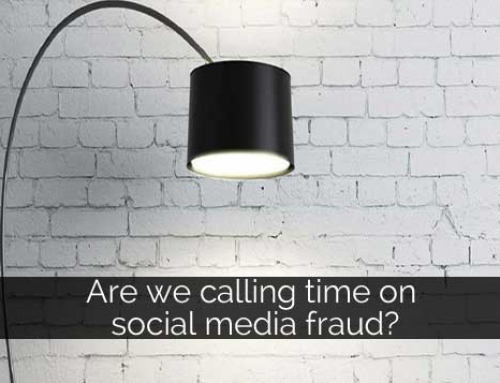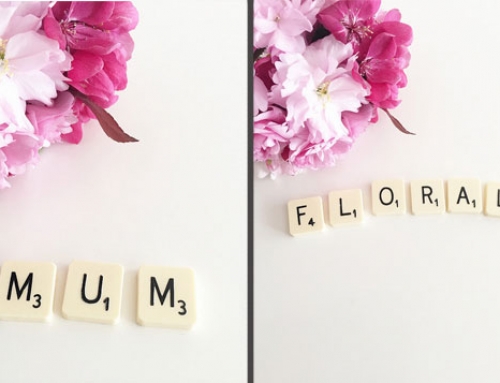Pinterest and Instagram are both well established now, and being actively and effectively used by many businesses who have good visual content to offer. Superficially, they are very similar; both platforms major on the sharing of images, usually photographs, and this can lead to businesses treating them as identical and taking the same approach to each – same content, same engagement strategy, and so on.
But although they are both visual platforms, there are important differences that need to be understood if you want to make the most of each of them. The way they work, who uses them and what for, will all affect the kind of content that is most effective.
So in this post, we’re going to highlight the differences you should consider when building your Pinterest and / or Instagram strategy. No matter what your business is, by the end of this article you should be able to figure out which content to put on each platform.
Pinterest vs Instagram: Who’s using them?
Although we don’t have tons of detail about the user base of either Pinterest or Instagram – particularly for the UK – there are some broad differences that are fairly well documented.
On the whole, Pinterest users tend to be relatively affluent, of working age, and there is a strong bias towards female rather than male users.
Instagram use is more evenly split between men and women, and the users are often younger – teenagers up to mid 30s are the most strongly represented.
Pinterest vs Instagram: What are they using them for?
Understanding the way that consumers (note – not businesses, we are getting “inside the head” of your customers here!) use each platform, and the mindset with which they approach each, is particularly key to using them smartly. Some areas to think about:
– Curation vs publishing. While some users will upload their own content to Pinterest, it’s more common for them to collect and share other people’s. The themed “board” structure of Pinterest really encourages this, whereas Instagram has no equivalent; it’s not possible to save images against different topic areas in the same way.
Instagram is the direct opposite in this respect. It’s impossible to create permanent collections of images. It’s difficult even to share other people’s content at all: there’s no native “regram” function currently, which would be the equivalent of a Twitter retweet or a Facebook Share, although workarounds are possible. So, the vast majority of content in any user’s published stream will be generated by them directly.
-active vs passive consumption. The different ways that users relate to content on the two sites are also mirrored by the way they consume other people’s content. Curation implies actively searching out relevant content, whereas the constantly updating Instagram feed encourages the user to sit back and enjoy the ride.
Pinterest also has a more comprehensive search function, which again encourages more active and engaged use of content.
– shopping vs browsing. There’s good evidence that many users on Pinterest are in “buying” mode – they are actively looking for something specific (a scarf, a holiday resort, a gift) and will often click through to the item’s website and complete a purchase.
Again, the Pinterest Search function supports this, as does the ability to link images directly back to a sales page on a website; on Instagram, the only place you can put clickable links is in your biography, and then only the one.
Pinterest vs Instagram: the Time Factor
The other major difference between the two platforms is the way that they handle chronology.
On Pinterest, the “age” of an image is of almost no significance; it will still be available to view whether it was uploaded a year or a minute ago, and provided it’s being actively shared, is still likely to be being shown to additional users.
On Instagram, the likelihood of an image remaining “active” – being viewed, shared or commented on – beyond a roughly 5 hour period is pretty small. That in turn impacts on the kind of images you find on each platform; if a shot of your hotel’s Bridal Suite is going to be passed around the site potentially for years, you better make sure it’s the best it can be. Hence Pinterest images are often that bit more polished and professional. If the same shot is only going to be in circulation for a few hours, then a quick snapshot of the housekeeping team putting the final touches in place before the bride and groom arrive is entirely appropriate, and provides a more fun and informal insight into your hotel.
Pinterest vs Instagram: which content do I use where?
So, hopefully you’re already seeing how you should split your content across the two sites. There’ll be some images, for sure, which are absolutely suitable for both, and we’d never say that you can’t cross post. But if you’re using the same content in both places the whole time, you’re probably not going to engage your audiences as effectively as you could.
To sum up, the key things to consider when deciding where to put an image:
– Does it have a “lifespan”? A beautiful, professional shot of your people, products, or services in action, deserves a permanent home on Pinterest. There’s no harm in Instagramming it too, but that’s a better place for those “snapshot” insights into your brand or world.
– Can people buy it? If you’re looking to drive sales directly, you’re much more likely to do that with a well-crafted Pin (take a look here for our guide to optimising Pinterest) than an Instagram shot. Your instagram feed should be working hard for you to develop your brand image and associations rather than direct sales; you can publish a volume of content on Instagram that’d be bewildering on a Pinterest account, so that’s a the place to run wild with your aspirational / cool / inspiring but not-directly-related-to-products pictures.
– Who do you want to see it? You’ll more likely hit a young, male, urban audience on Instagram.
– Are you looking for a conversation? Instagram, in the main, is a little “chattier” than Pinterest; perhaps partly because of the lack of sharing options, users may be more inclined to comment directly on an image. That can be useful if you’re looking for feedback.
– Are you developing a theme or telling a story? This is much more effective on Instagram. A linked series of real time images can be very powerful in creating a sense of place or ambience, or building excitement, and that effect is a great deal stronger in an up to the minute feed than pinned to a board.
We hope that’s helped you understand the “under the surface” differences between Instagram and Pinterest, and how to apply those to your business content!







Leave A Comment